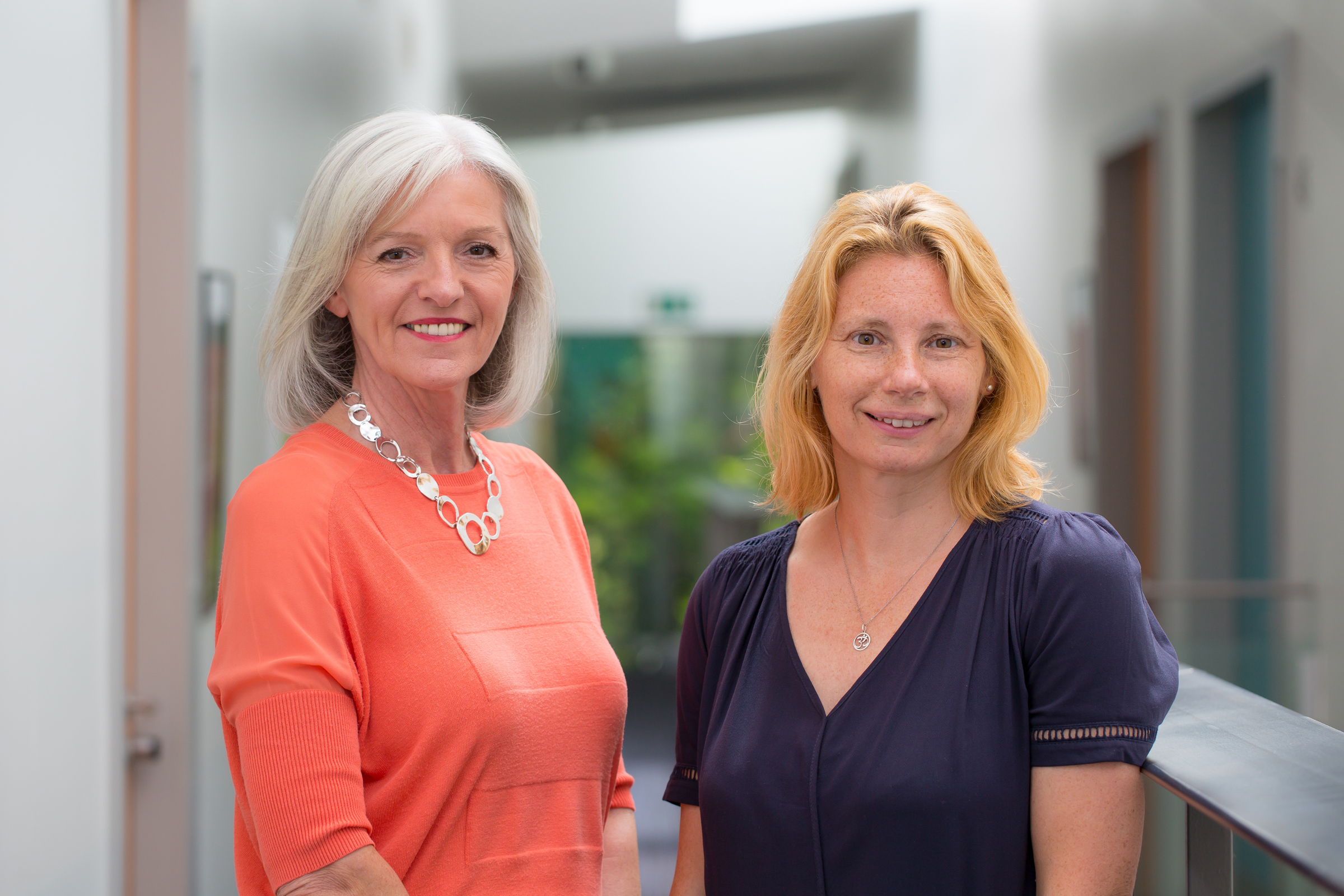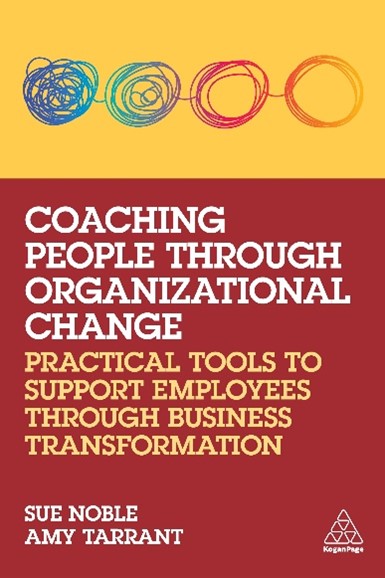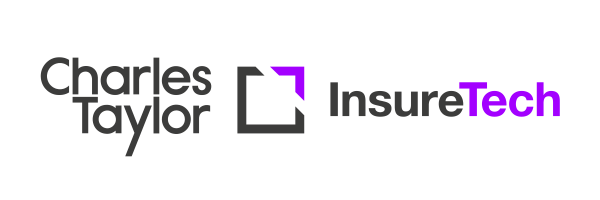LMF member, Amy Tarrant, together with co-author Sue Noble, are published authors with the book Coaching People through Organizational Change: practical tools to support employees through business transformation.
What’s it about?
For the first time in the same book, we bring together traditional change models and practices with coaching tools and techniques. We also introduce our own new tools, using our extensive experience to build on existing thinking. The result is a holistic and rounded toolkit for the change practitioner to maximise success.
77 per cent of respondents reported that their organization was in a state of constant change
Human Capital Institute
In a 2021 study by the Human Capital Institute, 77 per cent of respondents reported that their organization was in a state of constant change. The world is changing faster than ever and to provide the context for organizational change, we must understand the context for change more broadly because macro factors such as the changing environment, growing social justice movements, technology advances and geopolitics all have a knock-on effect to the corporate world. Consumers have more choice, they demand more and are less tolerant of companies that stand still. Employees are equally keen to work with organizations that are in step with the times and are vocal about their mission and values.
These macro factors are all drivers of organizational change. While many firms are highly reactive to change, others are proactive and strategic. They actively scan the horizon to predict trends and triggers for change using tried and tested frameworks such as PESTLE, SWOT or Porter’s Five Forces.
The output of using these tools may prompt senior leaders to introduce changes such as technology upgrades, new product or service development, new market entry, Target Operating Model restructures, process re-engineering, automation or offshoring (to name a few!).
The way employees react to proposed changes can vary enormously and it is a fallacy to state that all employees dislike change. However, looking at some of the examples of change, it is obvious why people might react negatively. For example, team members often dislike using a new system as it involves retraining and giving up specialist knowledge accumulated over many years. Similarly, it is understandable that an event as significant as a restructure leads to fear and anxiety, given the risk (or at least perceived risk) of job losses.
In this book, we take an in-depth look at five specific challenges arising from organizational change – overcoming resistance, managing ambiguity, managing post-acquisitions integrations, embedding lasting change and managing stakeholders. We use case studies and role plays to bring to life the many coaching techniques discussed, ensuring that the book is as practical as it is informative.
Who is it for?
As our primary audience, we want to share with business change practitioners the ways in which many of their day-to-day challenges could be mitigated using skills traditionally linked to coaching. The secondary audience are coaches who wish to understand more about how their existing skills could be deployed in a change setting.
The book will help readers to develop a greater understanding of how coaching can help teams adjust to change, whilst providing practical advice and guidance that can be used to select and apply the most effective coaching intervention.
The title will be published by Kogan Page on 3rd September 2022 but can be pre-ordered here Amazon.co.uk: Noble, Sue, Tarrant, Amy: 9781398607026: Books

Amy is an active participant of our Business Transformation and Change focus group and supplies the change-related content of this practical guide, whilst Sue Noble is an Executive Coach who provides the coaching element.
Sue and Amy met at a Change Management Institute event in 2018 and quickly realised the significant benefit there would be in blending their respective skill sets for successful, long-term change. They recognised that, although there were plenty of books on Change and many about Coaching, there seemed to be very few which attempted to fuse the two disciplines. This book is the result of that collaboration!






.png)










